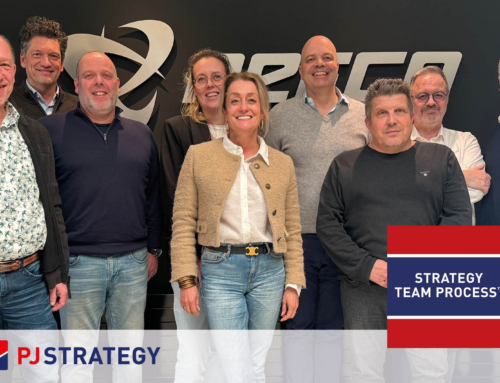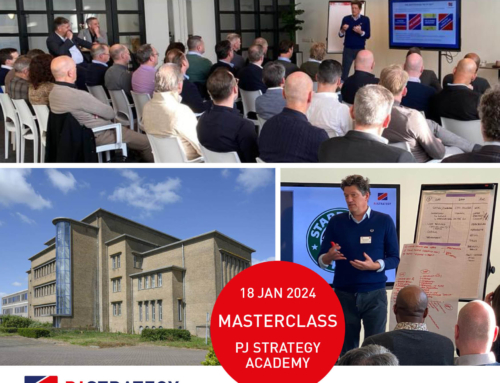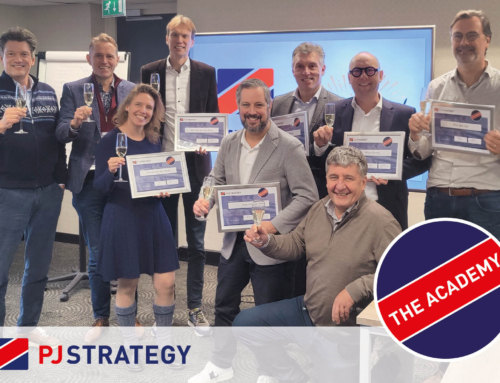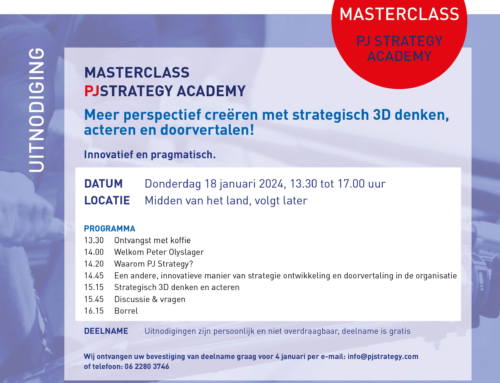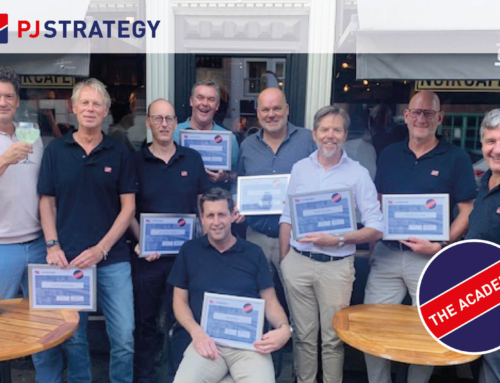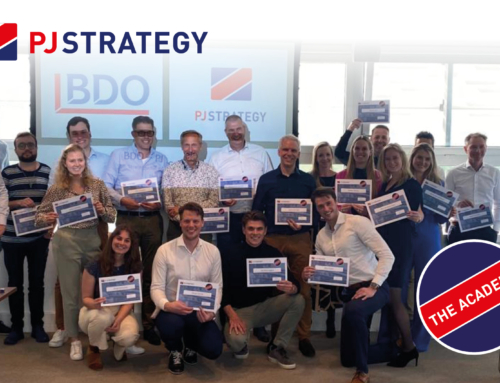Instead of building sustainable competitive advantages
Becoming a Successful Economical Sustainable Company
Instead of building sustainable competitive advantages…
Rita Gunther McGrath, associate professor of management at Columbia Business School and author of the book ’’The End of competitive advantage’’, has documented that the factors that used to bring automatic success to companies over time, like scale, market position or product differentiation are increasingly unreliable. And it’s getting worse with technological disruption, globalization, digitalization, lack of growth and regulatory shifts.
On one hand, advantage is transient. On the other, the core competences and the corporate identity is slow to change. The capabilities that make companies truly great or different are slow to develop and can’t be built overnight.
What should companies do? One current hypothesis has suggested that quickly adaptations and agility is the answer. Companies with the power to move quickly and easily to a different product mix or position will make the right move.
Research on that premise was not what most chief executives might expect.
80 percent of the value destruction in the world’s biggest companies was a result of lack of strategic DNA.
It wasn’t fallout from natural disasters, lack of growth or major market shifts, but the decisions and actions made and controlled by the companies themselves that got them in the most serious trouble. In other words, companies succeed when they move in the right strategic directions, not when they move opportunistically.
Let’s start to look at the winners.
Specifically at companies that had a reputation for being successful because of what they consistently did better than anyone else. The list includes such well-known capable companies as Amazon, Apple, IKEA and Starbucks. Their greatest strength wasn’t agility in the sense of always responding quickly to external events. They were proactive, but also very measured and consistent about the big, strategic choices they made.
Five things in particular stood out that made these companies economical sustainable and successful.
1. These companies stay true to who they are. You might hypothesize that the most dynamic, agile strategy is the best strategy, but that’s not what these companies followed. They commit to an identity and play the strategy long game choosing the right direction.
2. They get out in front and shape what their customers want. You could expect these companies to assiduously research what consumers want or demand, and to respond accordingly. These companies don’t do that. They anticipate customer desires and create demand.
3. They translate their strategic intent into the everyday. You might think that success is driven by adopting the best practices of a company’s industry or by developing functional excellence, but that’s not their focus. They build the capabilities that matter most and execute relentlessly and flawlessly.
4. They put their culture to work. You’d assume in today’s fast-changing market companies should be able to reorganize on a dime. These enterprises celebrate what is already great about their culture, leveraging their existing behaviours to make themselves more powerful and effective in the chosen strategic direction.
5. Finally, they cut costs to grow stronger. You might suppose that success comes from managing expenses across the board or directing investment rapidly to new opportunities. Not in these capable companies. They treat expenses as investments, doubling down on the capabilities that matter most in terms of bringing value to the market.
If agility is chasing opportunities presented to you by a chaotic market, then agility is not a recipe for success. It’s a guarantee of incoherence and volatile performance. But if you stay true to your identity, aware of your unique strengths and where your capabilities add the most value over time, then you won’t just be agile. You’ll be “smart agile.” Agile in a chosen strategic direction. Yours will be a truly sustainable company that will win in the market: today and over time.
By Peter Olyslager 1014




